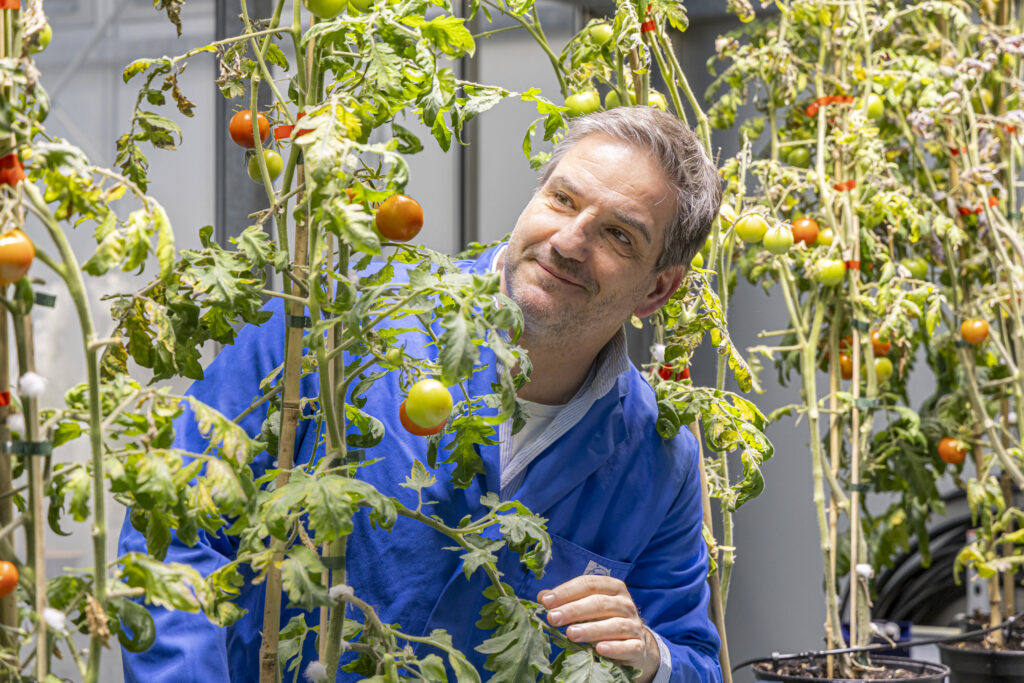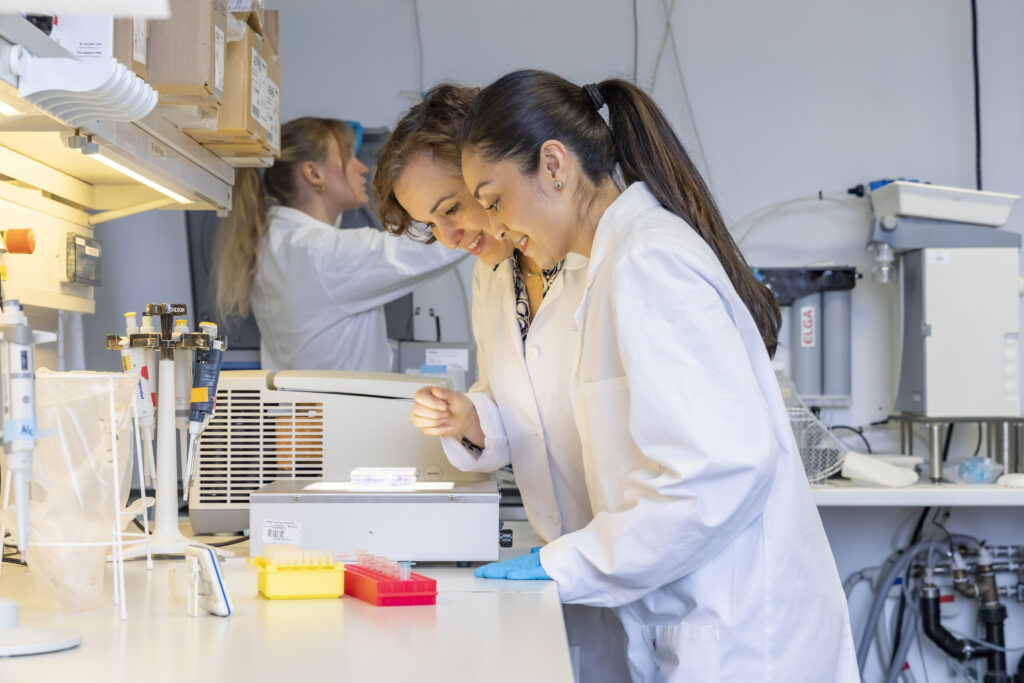The key here is to carefully balance the signalling pathways created by CAR in the T cells: On the one hand, they must be strong enough to ensure an effective activation and the killing of the tumour cell, but on the other hand, they should not be so strong that they cause so-called T cell exhaustion – a dysfunctional state in which T cells lose their ability to multiply, kill, and send out inflammation-promoting signals. The exhaustion of T cells weakens the entire immune response to cancer and reduces the long-term effectiveness of a therapy.
One of Susana Minguet’s areas of expertise is so-called CAR T cell therapy. This modern method of immune therapy involves modifying the patient’s own T cells to identify cancer cells with the help of so-called chimeric antigen receptors (CAR) and attack them. Up to now, this technology has usually been based on the CAR T cells recognizing particular proteins on tumours. In the collaboration between Susana Minguet and Winfried Römer, the researchers hit on the idea of extending this strategy and integrating lectins into CARs, enabling T cells to identify tumour cells on the basis of altered sugar structures – so-called glycan patterns.
‘This opens up completely new possibilities for fighting tumours that have been regarded up to now as invulnerable to existing immune therapy strategies’, says Minguet. ‘That’s an exciting scientific breakthrough – and the interdisciplinary exchange played a key role in it.’ Now the team is focusing on optimizing how the CAR T cells react after identifying their target. ‘Identification alone is not enough to eliminate tumour cells effectively: CAR T cells must be properly activated.’
The teams of Minguet and Römer aim to continue researching the possibilities of lectins in the future. This includes identifying new lectins that bind specifically to abnormal sugar structures on cancer cells and further optimizing these lectins via protein engineering. In addition, they’re working on developing lectin CAR T cells further and additionally using lectin NK cells (natural killer cells) to broaden the spectrum of immune cells equipped with lectins. Römer: ‘The close link between Susana’s experience in immune therapy and our expertise in lectin and membrane research is crucial to making such innovative approaches a reality.’
Centre for Integrative Biological Signalling Studies (CIBSS)
The cells of complex organisms communicate via biological signals to coordinate tasks, form complex tissues, and adapt to environmental conditions. The Cluster of Excellence Centre for Integrative Biological Signalling Studies (CIBSS) has been studying since 2019 how to understand and communicate in this ‘language of life’. Researchers from the life, natural, and engineering sciences, as well as ethics and law, are studying how living systems integrate signals to make decisions that regulate development, function, and health – from cells to organs and even entire organisms. The cluster is developing solutions to current global challenges in the areas of health and food security.




